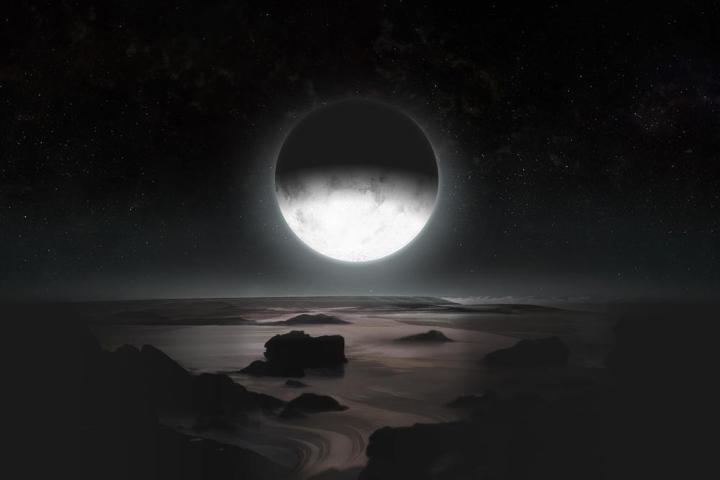
“Our model shows that recent geological activity on Pluto can be driven just from phase changes in the ice — no tides or exotic materials or unusual processes are required,” said lead study author Noah Hammond in a statement. The new discovery has been largely attributed to the incredible images from New Horizons, which were recently released in full. “‘Thanks to the incredible data returned by New Horizons, we were able to observe tectonic features on Pluto’s surface, update our thermal evolution model with new data and infer that Pluto most likely has a subsurface ocean today,” Hammond added.
Scientists say that the evidence for a liquid water ocean lies in the tectonic scarring made apparent by New Horizons photographs. Because there are no compressional tectonic features, which should be present if subsurface layers of water had frozen into a dense kind of ice called ice II, researchers now believe that the planet is not a frozen solid mass after all.
“The formation of ice II would cause Pluto to experience volume contraction and compressional tectonic features to form on the surface,” Hammond noted. “Since the tectonic features on Pluto’s surface are all extensional and there [are] no obvious compressional features, it suggests that ice II has not formed and that therefore, Pluto’s subsurface ocean has likely survived to present day.”
There’s no use getting too excited just yet about the implications of liquid water for human habitation on Pluto, but it certainly raises some interesting questions. And only time (and a lot more space probing) will help us tell the answers.


